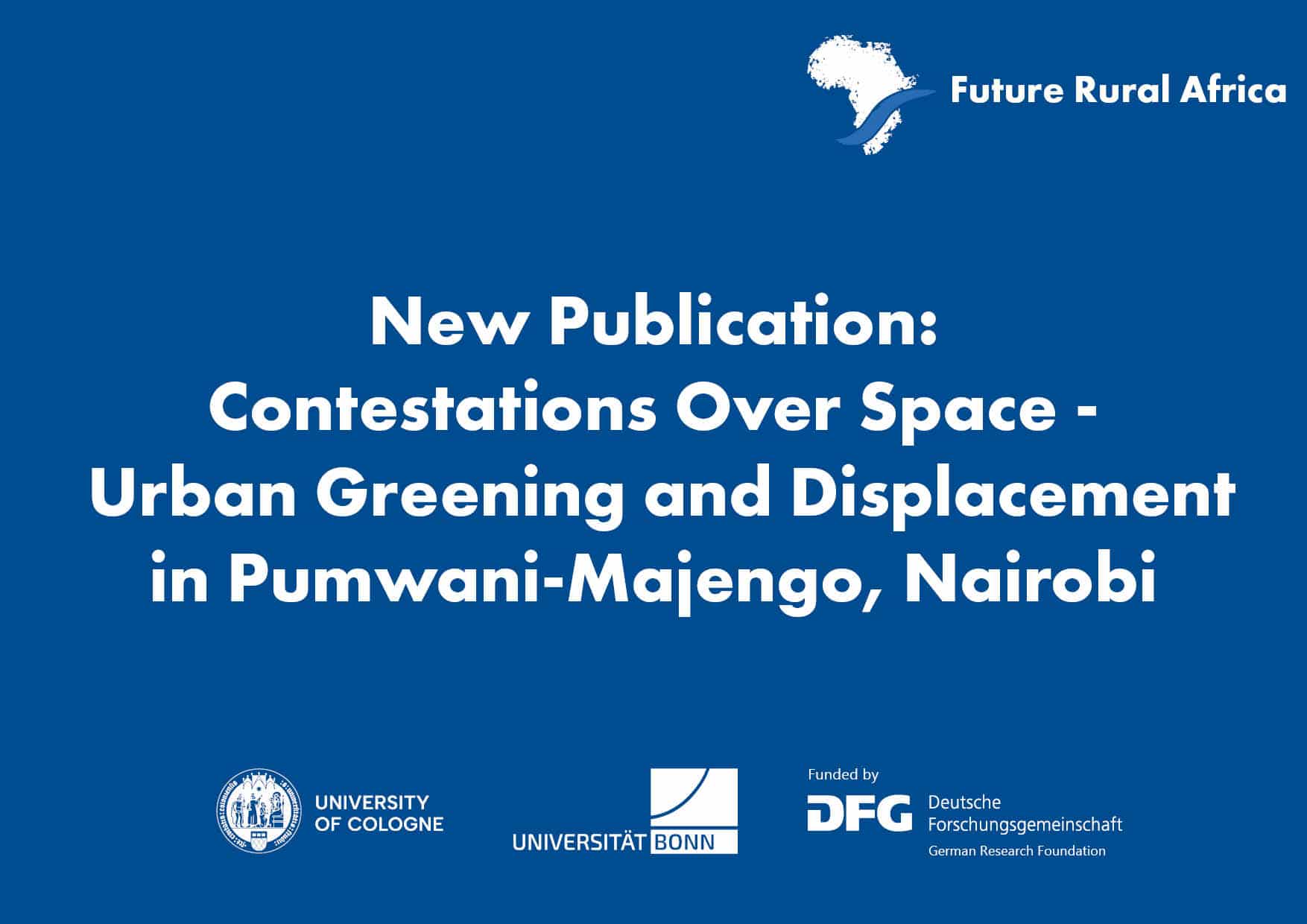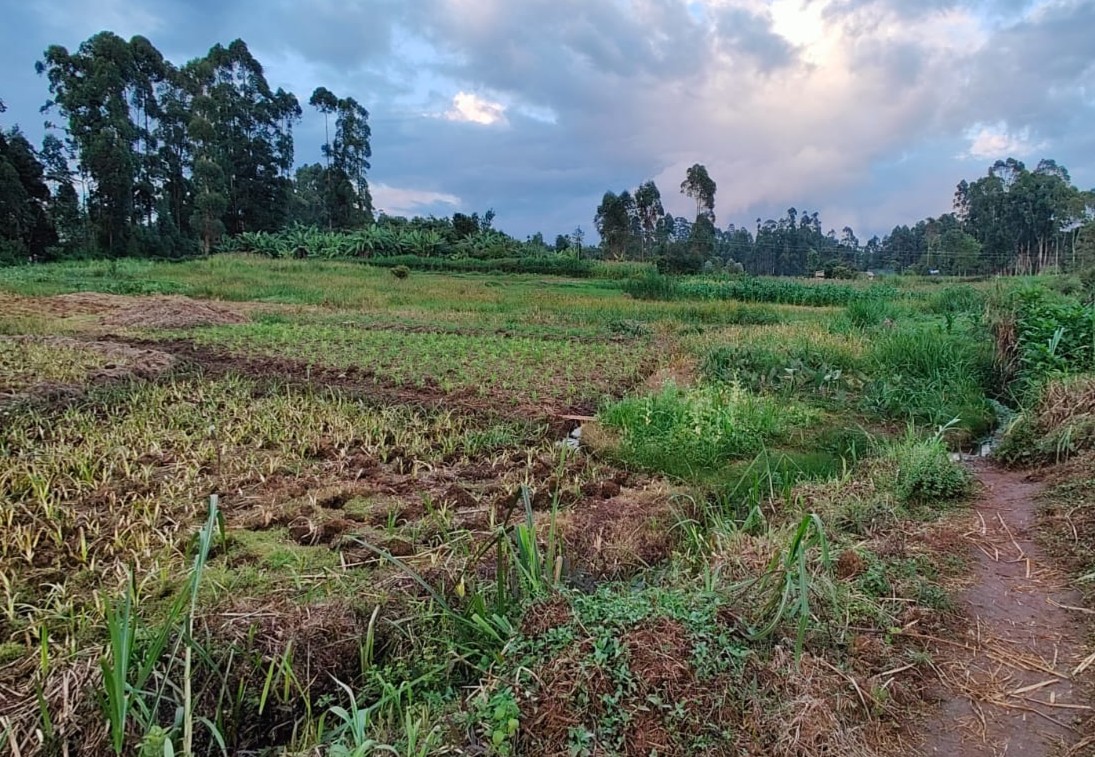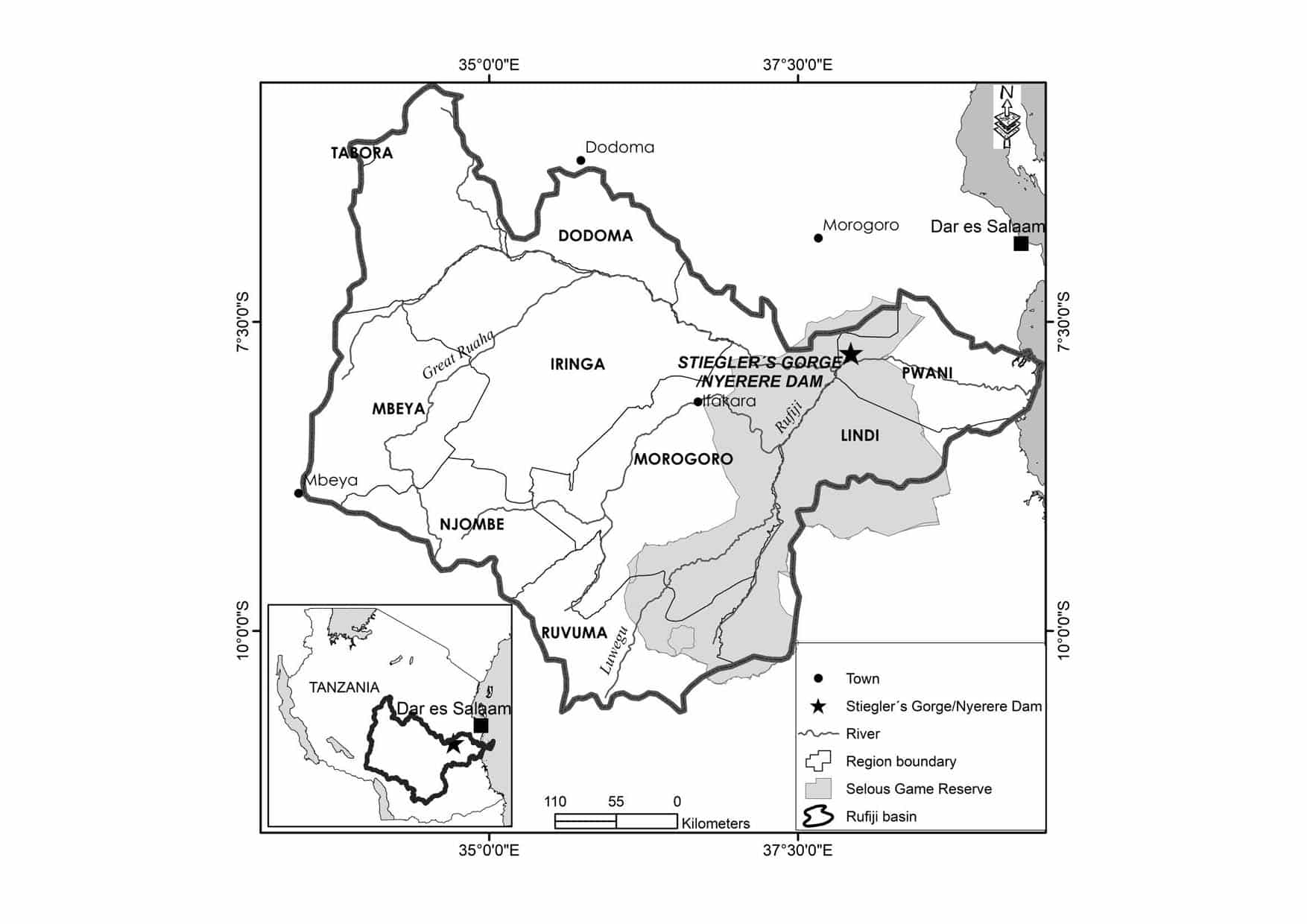In this chapter, Erblin Berisha, Franziska Sielker and Peter Dannenberg (Project C01 “Future in Chains”) examine how international infrastructure and development initiatives—such as China’s Belt and Road Initiative and Tanzania’s SAGCOT—reshape territorial governance by involving foreign or private stakeholders, raising questions about state sovereignty and control. It explores the complex relationship between sovereignty and governance, highlighting how external influence can alter national territorial strategies without necessarily weakening sovereign authority.
Territorial Governance with Limited Sovereignty: How External Control of Space can Change the Role of the State
By Erblin Berisha, Franziska Sielker, and Peter Dannenberg
Abstract
This chapter explores the contemporary changes in territorial governance resulting from the influence of new factors, such as infrastructure corridor developments led by foreign countries’ stakeholders or private entities. Examples include the Balkan Silk Road (as part of the Belt and Road Initiative, BRI) and the Southern Agricultural Growth Corridor of Tanzania (SAGCOT), where international stakeholders impact states’ decisions on territorial development, prompting questions about sovereignty and stakeholder roles. The chapter delves into the functional relationship between sovereignty and territorial governance, recognising that strong sovereignty may coexist with weak governance and vice versa. From an international perspective, the chapter questions how state sovereignty is impacted when state-centred or private-centred strategies interfere with the territorial development of another state. By examining these two initiatives, the chapter explores the new frameworks of international collaboration, which might have implications for what can be discussed as territorial governance without limited sovereignty.
Reference
Berisha, E., Sielker, F., & Dannenberg, P. 2025. Territorial governance with limited sovereignty: how external control of space can change the role of the state. In Cotella, G., Rivolin, U., J. (eds.), Handbook of Territorial Governance (pp. 596-615). Edward Elgar Publishing. Link






